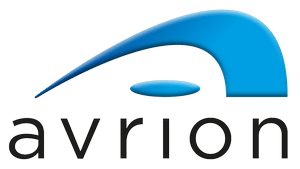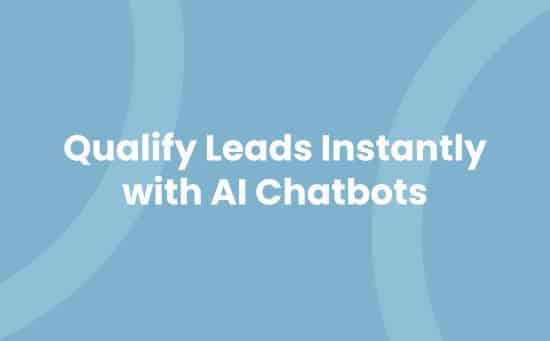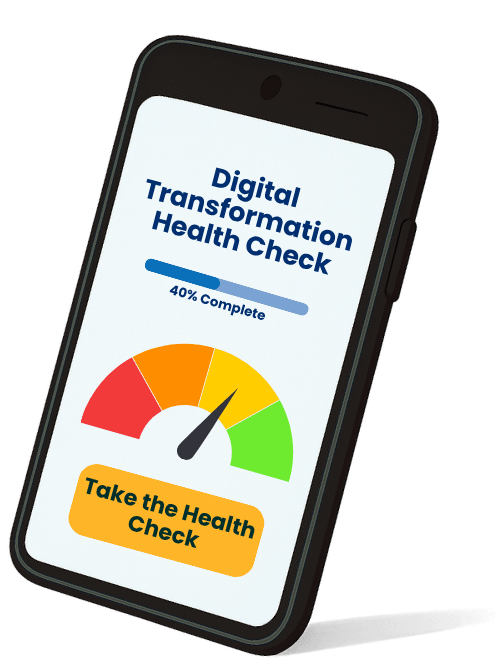Struggling with unqualified leads? A smarter solution is here — the rise of the AI-powered qualified chatbot. These intelligent assistants help businesses sort through countless leads, identifying only the most promising prospects. Acting like a tireless digital helper available 24/7, a qualified chatbot engages website visitors, asks key questions, and automatically funnels quality leads directly to your sales team.
You might wonder: can these bots truly match human-level qualification? The reality is, they don’t just match — they outperform. Using natural language processing and machine learning, a qualified chatbot can analyze conversations, detect buying intent, and accurately score prospects — all while delivering a seamless user experience.
With a qualified chatbot working behind the scenes, your team spends less time qualifying and more time closing. These systems convert a resource-draining process into a scalable, efficient operation.
What Is a Qualified Chatbot?
A qualified chatbot leverages AI to assess potential customers through automated, intelligent interactions. These bots gather data, analyze it against qualification criteria, and determine lead quality — instantly and accurately.
Key Features of a Qualified Chatbot
- Natural Language Processing (NLP): Understands human conversation, including variations and errors.
- Machine Learning: Learns from past data to improve lead scoring and engagement.
- Real-Time Scoring: Evaluates leads during conversations, flagging high-potential ones.
- Multi-Platform Reach: Operates across websites, social media, and messaging apps.
- CRM Integration: Syncs lead data into your CRM for smooth follow-up.
- Persistent Context: Remembers ongoing conversations to maintain personalized flow.
- Insight Dashboards: Tracks chat success rates and qualification metrics.
How a Qualified Chatbot Works
- Engagement: The bot welcomes visitors with context-aware messaging.
- Data Collection: Asks targeted questions about budget, needs, and timeline.
- Intent Analysis: AI evaluates the prospect’s responses for purchasing signals.
- Lead Scoring: Assigns a qualification score in real-time.
- Lead Routing: Passes qualified leads to your sales team or nurtures the rest.
- Learning Loop: Improves through ongoing performance tracking.
Benefits of Using a Qualified Chatbot
1. Boosts Lead Quality
A qualified chatbot uses structured evaluation methods to filter leads and ensure only high-intent prospects reach your team.
2. Always-On Lead Qualification
- 24/7 coverage across time zones
- Zero wait time for visitors
- Scalable responses with consistent tone and strategy
3. Cost-Efficient Lead Management
- Cuts manual screening labor
- Reduces errors in routing
- Supports scaling without additional staffing
4. Smarter Sales Enablement
- Direct integration with CRM
- Higher conversion rates through pre-screened leads
- Actionable data insights from every interaction
Why Your Business Needs a Qualified Chatbot
Whether you’re dealing with overwhelming lead volume or just want to streamline your sales funnel, a qualified chatbot transforms your process. It improves speed, accuracy, and ROI — while freeing your team to focus on what they do best: selling.



